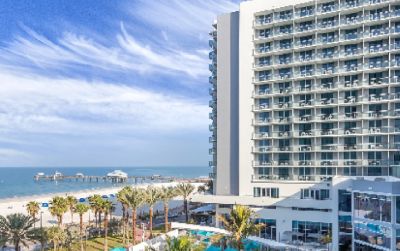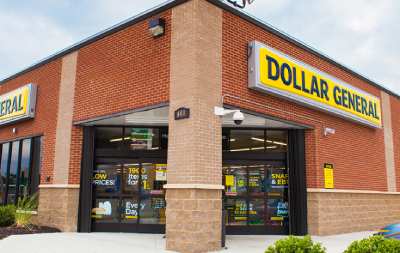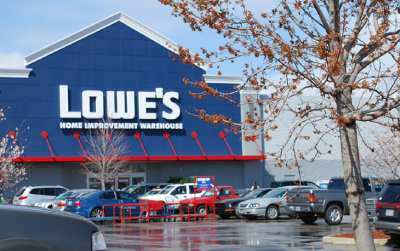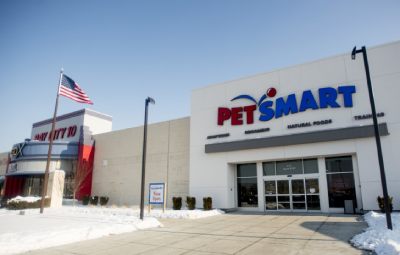Though this may feel like a complex question, I’ve simplified this into 2 simple options, no matter what floor type or environmental condition we’re dealing with.
First let’s define what slip resistance means, so we know what we’re trying to achieve…
Slip resistance, is the relative force that resists the tendency of the shoe or foot to slide along the walkway surface. Slip resistance is related to a combination of factors including the walkway surface, the footwear bottom, and the presence of foreign materials, or contaminants between them.
In 2022, modern technology has enhanced the ability to effectively measure and quantify slip resistance. Today we use the BOT-3000E tribometer to measure the slip resistance of any hard surface. There is even a US national consensus standard (ANSI A326.3) in place that provides required measurements and threshold values depending on environmental conditions.
OKAY, so let’s get into HOW TO MAKE A FLOOR SLIP RESISTANT
Option 1: DEEP CLEAN
Deep cleaning is an effective method for hard mineral floor types, and must be closely monitored to maintain it’s effectiveness.
When talking about deep cleaning a floor to enhance slip resistance, there’s a few key chemicals types that must be used. Choosing the correct chemical & concentration to remove the environmental contaminants is the most important part.
For example using a high alkaline cleaning agent, such as a degreaser, in a commercial kitchen can effectively remove grease build-up and restore slip resistance. Equally but opposite using an acidic cleaning agent in a pool deck with hard mineral build-up, can effectively re-profile the hard mineral surface and restore slip resistance.
WARNING: it is recommended using professional grade cleaning agents which require proper PPE and safe handling. Be aware that many DIY NON-SLIP CLEANING AGENTS are diluted to the point of ineffectiveness. If you’d like some recommendations on cleaning agents please reach out Walkway Management Group directly we’d love to point you in the right direction.
Although deep cleaning is only really an option for hard mineral surfaces, NON SLIP SEALANTS & TOP COATS are effective for all floor surfaces such as VCT, Concrete, terrazzo, as well as tile and grout systems, showers, bathtubs, and more…
Option 2: NON SLIP SEALANTS & TOP COATS
When it comes to non slip sealants and top coats we strongly recommend choosing a product that utilizes a durable bonding agent and an aggregate that is appropriate to withstand environmental conditions. We also recommend that non slip sealants & top coats are monitored closely after installation to maintain their effectiveness.
An appropriate bonding agent is one that will provide strong adhesion to the floor and an appropriate & effective aggregate is one that is evenly distributed throughout the substrate, providing an effective surface profile.
An effective surface profile and strong adhesion are the two key factors here.
Here’s some example; You’ll want to choose a solvent-based bonding agent in an environment where there may be standing water (like a pool deck). Using a water-based bonding agent is ineffective and will not have good adhesion, often resulting in peeling.
You’ll want to choose a product with an aggregate that is stably suspended evenly throughout the bonding agent, and is durable enough to not fracture over time, like a Corundum. Using a broadcast aggregate like silica sand will result in an inconsistent surface profile and has a high probability of fracture & failure.
WARNING: Be aware that many DIY NON-SLIP SEALANTS & TOP COATS either don’t include an aggregate, include a silica-sand aggregate, or utilize a bonding agent that is difficult to install appropriately and can ruin a surface.
I strongly recommend consulting a professional when considering NON SLIP SEALANTS & TOP COATS. If you’d like some recommendations on NON SLIP SEALANTS & TOP COATS and service providers please reach out to us at Walkway Management Group. We can share some great options for you.
Although I’ve simplified HOW TO MAKE A FLOOR SLIP RESISTANT, one of the most important aspects of a slip resistant floor is implementing measures to MONITOR the slip resistance of the floor. Monitoring the slip resistance of a floor will allow you to maintain the required slip resistance, identify any potential risks, and assure the effectiveness of your deep clean or non slip sealant.
Continuous monitoring can help even protect commercial facilities from slip and fall liabilities and accidents, as well as reduce insurance claims.
As professionally certified floor safety specialists, We’d be happy to share some more information on slip resistance testing, the US national consensus standard, and best practices when it comes to monitoring and maintaining a slip resistant floor.
Here’s some resources:
Call: +1-866-964-9255
Walkway Management Group offers a free floor safety consulting hotline. Feel free to give us a direct call and we will answer any questions you may have regarding your facilities floor, bathtub, or shower safety.
Floor Safety Consulting Hotline: 940 464-9102
More information:

















